It’s uncanny sometimes how it works. There we were last Saturday in Hamer Hall to hear what Stephen Layton from Trinity College Cambridge makes of Bach’s Saint John Passion commanding the Melbourne Symphony Orchestra and the massive one-hundred-and-twenty-strong chorus of the orchestra. Well, this great work, the alternate vision to the monumental St Matthew, was done with an extraordinary flair and dazzling tonal shading but we also had the sense of attending something like a religious event, a re-enactment which was all at once moodily lyrical and rivetingly austere. When Layton bowed his head for the longest time at the moment (when Jesus gives up the ghost) it was as though we were observing an all-but-bewildering silence to commemorate the death of God. Yes, they will remember what Christianity was for as long as they listen to the Passions and the other vocal works of Bach. How did this periwigged Lutheran do it and create this immemorial work almost exactly three hundred years ago in an age that seemed headed for the benign agnosticism of the Enlightenment? Well, art moves in mysterious ways too, not least when it seems at a level of consummate genius, to penetrate the shadow of the mystery of the most high and what feet trod in ancient times.
It helped that most of the singers were so good. There was the subtlety and grandeur of the tenor Ruairi Bowen who was a worthy successor to such notable exponents of the role of the Evangelist as Peter Pears and Fritz Wunderlich and Nick Pritchard (for John Eliot Gardiner). The role is all about latency and restraint and Ruairi Bowen summoned up a world of plangency and terribilità in the way he recreated the foundational quality of this most familiar and stark of stories. The role of Jesus whose words cut the air as he speaks of different kingdoms and different truths has a naked desolation in Christopher Richardson’s characterisation. No one can do these telegraphic and transcendent dicta like Dietrich Fischer-Dieskau but Richardson brought out, as Bach does the terrible loneliness of this most God-like of the gospel characterisations of the Christ. And that’s not to diminish the way in which the moral failures of the other players – the Peters and the Pilates – were very securely underlined by David Greco. The Johannes-Passion is among other things a tremendous juggling act because it involves a virtual impossibility: the deepening and enlivening of the greatest and most profound moment in Christian storytelling. These things are never perfect and Ashlyn Tymms, the mezzo was a bit wavering but then Sara Macliver was everything you could want in her last aria, and lyricism, and the profound ambivalence of lyricism, is central to Bach’s vision.
It both confirms and denies. So much of the somersaulting beauty of the songmaker gives this Passion a weird form of modernity which comes from the vivacity of the chorus crying for Barabbas and Crucifixion and no king but Caesar. The chorus is the whirlwind of the extroverted self-confidences of a world which denies its true king, his mercy and his truth. Is the irony of this what makes conductors from Nikolaus Harnoncourt to John Eliot Gardiner think the St John has an edge over the St Matthew Passion?
Walter Benjamin famously said (and Susan Sontag loved to repeat) that the history of civilisation is always at the same time the history of barbarism. Bach’s Saint John Passion dramatises this dichotomy at some far extremity of abandon which Layton and the Melbourne Symphony Orchestra handled superbly.
Importantly, the size of the orchestra was constantly kept in check by Stephen Layton’s asceticism. The orchestra was constantly pulled back even as the chorus celebrated the colour of the Sturm und Drang. But this was such a powerfully structured rendition of a masterpiece of contrapuntal contrasts. The effect was dynamic and the behemoth-like nature of the chorus betokened the wild erroneous wisdom of the world.
If you had an allergy to vocal music and choral adornment it would drive you mad, and some young people can;t stand it, but the two hours without an interval of this elegy to religious faith swept this audience along so that the overall effect – palpable in the air – was one of a delight transfigured into awe.
A different kind of awe hit us with the news that Kip Williams, the artistic director of the Sydney Theatre Company, is giving up the job at the end of the year because his backward-projections one-man show The Picture of Dorian Gray has been such a hit in London’s West End with Sarah Snook as Oscar Wilde’s whole cast of characters that it looks like transferring to Broadway in 2025. Williams is famous for his crossover effects, backward projections that enable the actor and the production to gleam with filmic illusionism while one performer prances her stuff. You wonder how Eryn Jean Norvill who created the role of the narrator will feel if Snook – one of the world’s natural, born stars (Succession aside) – opens on Broadway. Then again Norvill and her fellow Dorianite Nikki Shiels might get a chance later on. The great Bette Davis opened in The Night of the Iguana but Shelley Winters took over her role. When Richard Burton had to leave the cast of Camelot the role of King Arthur was taken over by his Old Vic mates.
Another dramatic departure, this time in the world of publishing, is Jane Palfreyman who is leaving Allen and Unwin, to her own surprise, because of the irresistible challenge of reviving the Summit format. Will this create a Hilary McPhee-type situation? When Penguin forced the closure of McPhee Gribble, McPhee took the first opportunity she could to transfer to Pan Macmillan and the authors – Helen Gamer, Tim Winton, Kate Grenville – marched with her. Imagine if Christos Tsiolkas goes with Palfreyman, the man who transfigured Australian realism with The Slap and sold more than a million copies. Then there’s Chris Hammer the thinking person’s trashmeister and Craig Silvey whose Jasper Jones is some kind of sandgropers To Kill a Mockingbird – radiant on stage with Nic Denton but a pretty luminous children’s book – that’s what the great Flannery O’Connor called Mockingbird – in its own right.
Got something to add? Join the discussion and comment below.
Get 10 issues for just $10
Subscribe to The Spectator Australia today for the next 10 magazine issues, plus full online access, for just $10.
You might disagree with half of it, but you’ll enjoy reading all of it. Try your first month for free, then just $2 a week for the remainder of your first year.

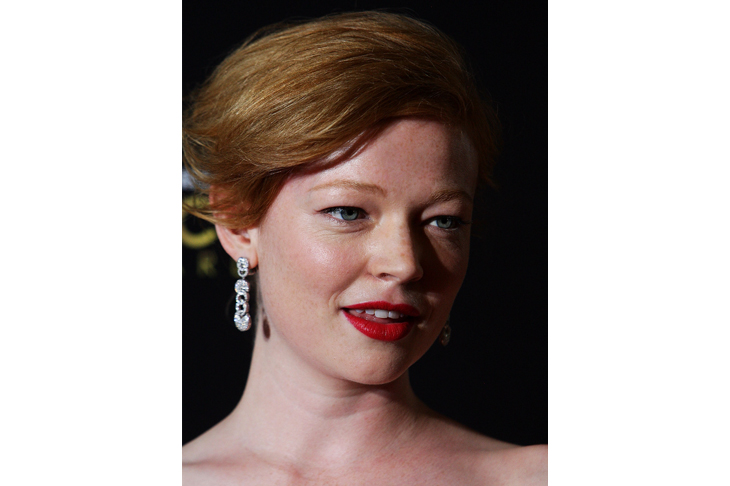
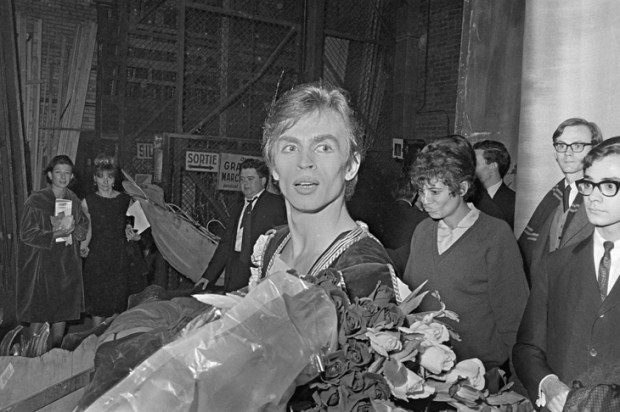

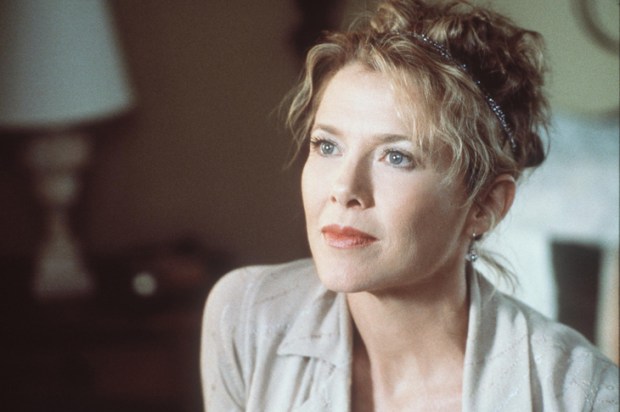
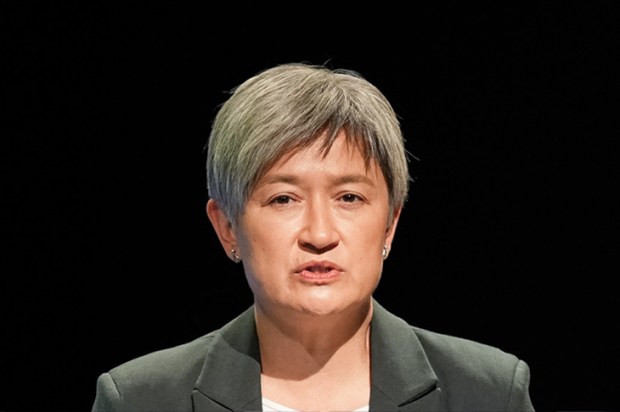
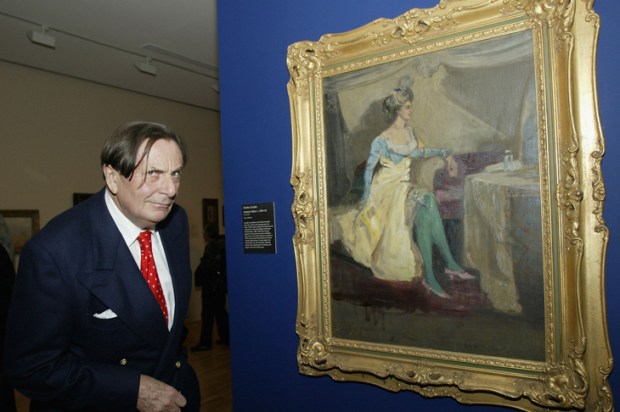







Comments
Don't miss out
Join the conversation with other Spectator Australia readers. Subscribe to leave a comment.
SUBSCRIBEAlready a subscriber? Log in